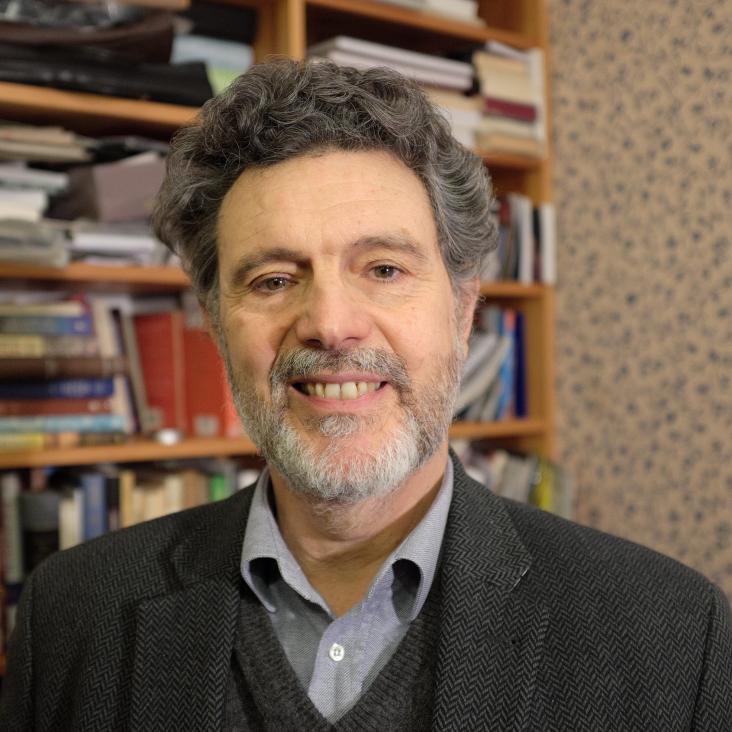The polymorphism of ice: five unresolved questions
PHYSICAL CHEMISTRY CHEMICAL PHYSICS 13:41 (2011) 18468-18480
Direct observation of charge order in triangular metallic AgNiO2 by single-crystal resonant X-ray scattering
(2010)
Helical spin-waves, magnetic order, and fluctuations in the langasite compound Ba3NbFe3Si2O14
(2010)
Helical spin-waves, magnetic order, and fluctuations in the langasite compound Ba3NbFe3Si2O14
ArXiv 1007.4216 (2010)
Abstract:
We have investigated the spin fluctuations in the langasite compound Ba3NbFe3Si2O14 in both the ordered state and as a function of temperature. The low temperature magnetic structure is defined by a spiral phase characterized by magnetic Bragg peaks at q=(0,0,tau ~ 1/7) onset at TN=27 K as previously reported by Marty et al. The nature of the fluctuations and temperature dependence of the order parameter is consistent with a classical second order phase transition for a two dimensional triangular antiferromagnet. We will show that the physical properties and energy scales including the ordering wavevector, Curie-Weiss temperature, and the spin-waves can be explained through the use of only symmetric exchange constants without the need for the Dzyaloshinskii-Moriya interaction. This is accomplished through a set of ``helical" exchange pathways along the c direction imposed by the chiral crystal structure and naturally explains the magnetic diffuse scattering which displays a strong vector chirality up to high temperatures well above the ordering temperature. This illustrates a strong coupling between magnetic and crystalline chirality in this compound.Structural behavior of the kagome antiferromagnet TmBaCo4 O 7 : Neutron diffraction study and group-theoretical consideration
Physical Review B - Condensed Matter and Materials Physics 80:14 (2009)



